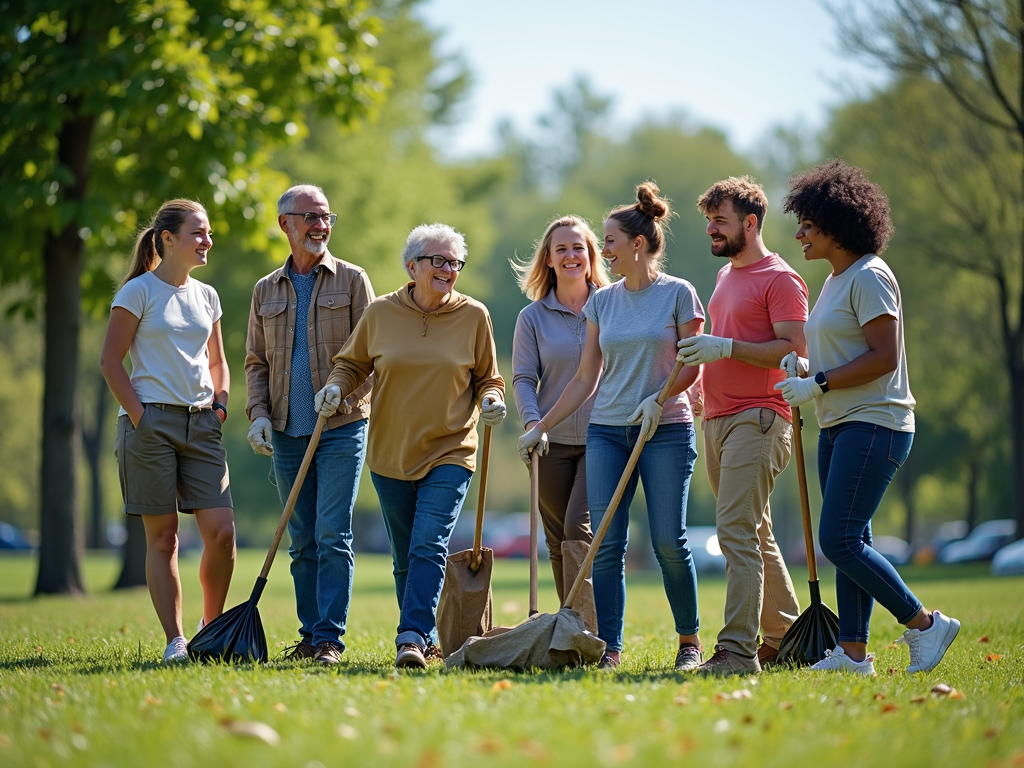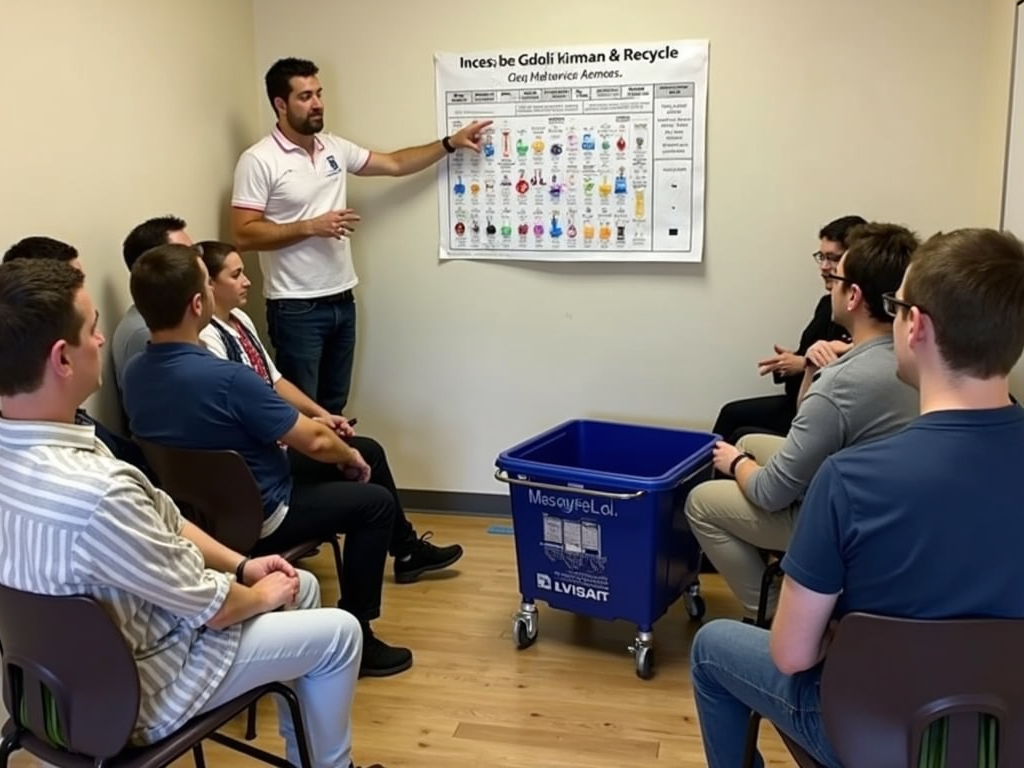How to Develop Volunteer Programs That Maximize Impact
By , May 15, 2025
Volunteer programs power nonprofits, driving missions forward and connecting communities. But creating one that truly makes a difference takes more than good intentions. It needs clear goals, smart planning, and a focus on both volunteers and outcomes. This article shares practical steps and real experiences to help you develop volunteer programs that maximize impact, whether you’re starting fresh or improving what you have.
Years ago, I helped launch a volunteer program for a small nonprofit. We wanted to clean up local parks, but we didn’t just send people out with trash bags. We set a goal: improve 10 parks in six months. That focus shaped everything—recruitment, training, even how we thanked folks. Clear objectives gave us direction and showed volunteers their work mattered.

Start by defining what success looks like for your program. Ask: What do we need to achieve? Maybe it’s tutoring 50 kids or planting 200 trees. Write it down. Then, break it into smaller steps. This keeps everyone on track. Align these goals with your nonprofit’s mission so every volunteer hour pushes you closer to the big picture.
Next, figure out who you need. Create simple job descriptions for each role. For example, a ‘event helper’ might need to lift 20 pounds and work weekends. Be specific about time and skills. I once recruited a graphic designer for a flyer—her skills doubled our event turnout. Clear roles attract the right people and set them up to succeed.

Recruitment can feel overwhelming, but it doesn’t have to be. Use what’s around you—post on social media, talk at community events, or pin flyers at the library. Share stories from current volunteers. When I posted a video of our park cleanup crew, applications tripled. People want to join something real and rewarding.
Training makes or breaks a program. Don’t skip it. Set up a quick orientation—explain the mission, show the tasks, answer questions. For our park project, we taught volunteers how to sort recyclables. It took an hour, but it saved days of rework. Good training builds confidence and keeps everyone moving forward together.

Keep volunteers coming back by showing appreciation. A handwritten note or a shoutout at a meeting can mean a lot. After our park cleanups, we hosted pizza nights—nothing fancy, just gratitude. Also, offer chances to grow. One volunteer started picking up trash and later led a whole team. Recognition and opportunity build loyalty.
How do you know your program works? Measure it. Track hours, count tasks completed, or survey volunteers about their experience. For our parks, we tallied bags of trash and volunteer smiles. Simple data showed us what clicked. Check out How to Measure Nonprofit Impact: Simple Steps for Big Results for easy ways to track success.

Turn volunteers into advocates to boost your reach. Give them tools—facts about your cause, shareable graphics, or a hashtag. We trained our park crew to post photos with #CleanParksNow. It spread the word fast. See Advocacy Tips for Nonprofit Leaders for more on building a louder voice through your team.
Here’s a quick list to streamline your program: - Set goals: Make them clear and measurable. - Define roles: Match tasks to skills. - Train well: Equip volunteers to shine. - Track progress: Use data to improve. - Say thanks: Keep spirits high. These best practices in volunteer program management save time and amplify results.

Don’t set it and forget it. Ask for feedback often. After our cleanups, we emailed a two-question survey: What worked? What didn’t? One volunteer suggested better gloves—such a small fix, but it cut complaints in half. Adjust based on what you hear. A program that evolves stays strong.
Money matters too. Budget for training, supplies, or appreciation events. Grants can help—look at sites like GrantWatch for funding ideas. Our pizza nights came from a $500 local grant. A little cash goes far when you plan smart and prioritize impact.

In the end, a great volunteer program blends strategy with heart. Set clear goals, support your people, and measure what matters. My park experience taught me that small steps—like a clean trail or a happy volunteer—add up to big change. Use these ideas to build something lasting. Dive into our recommended readings for more ways to grow.